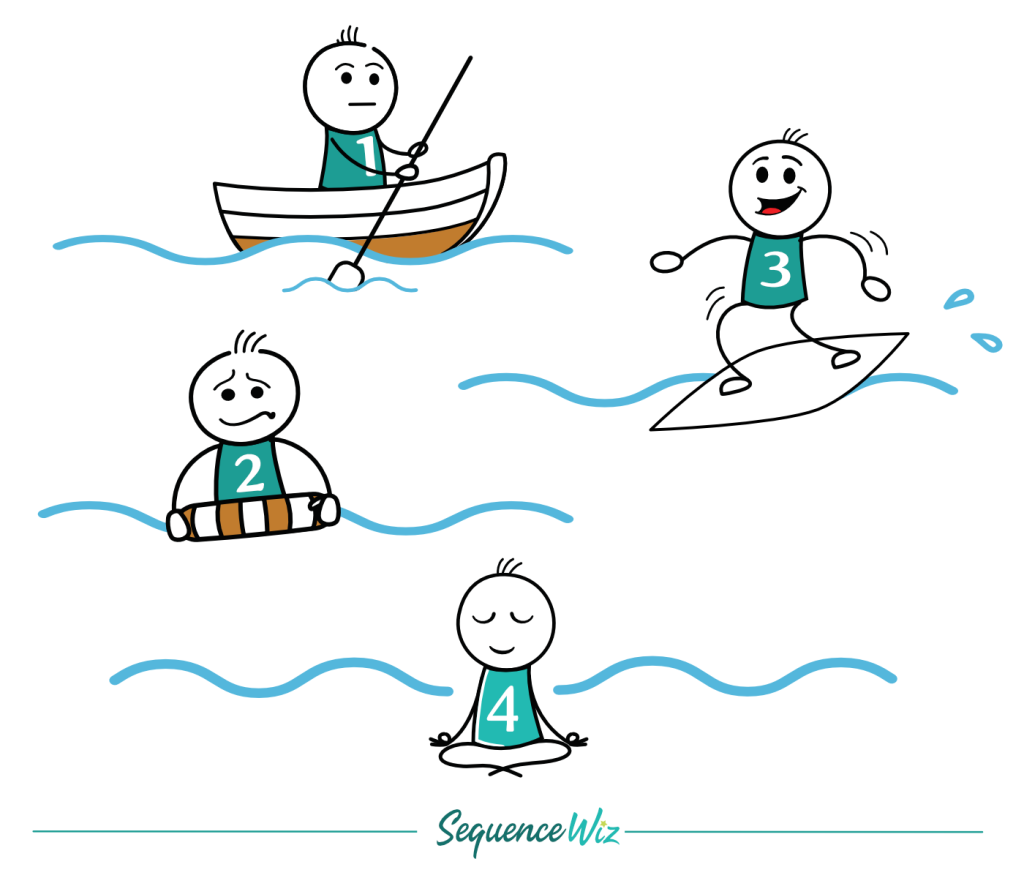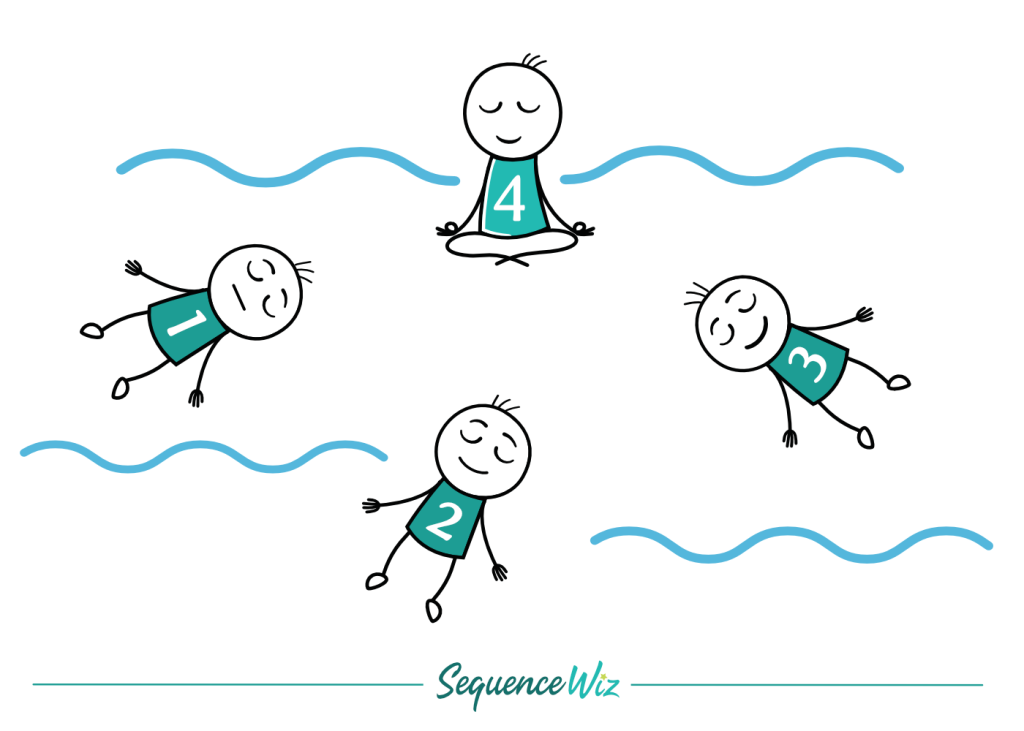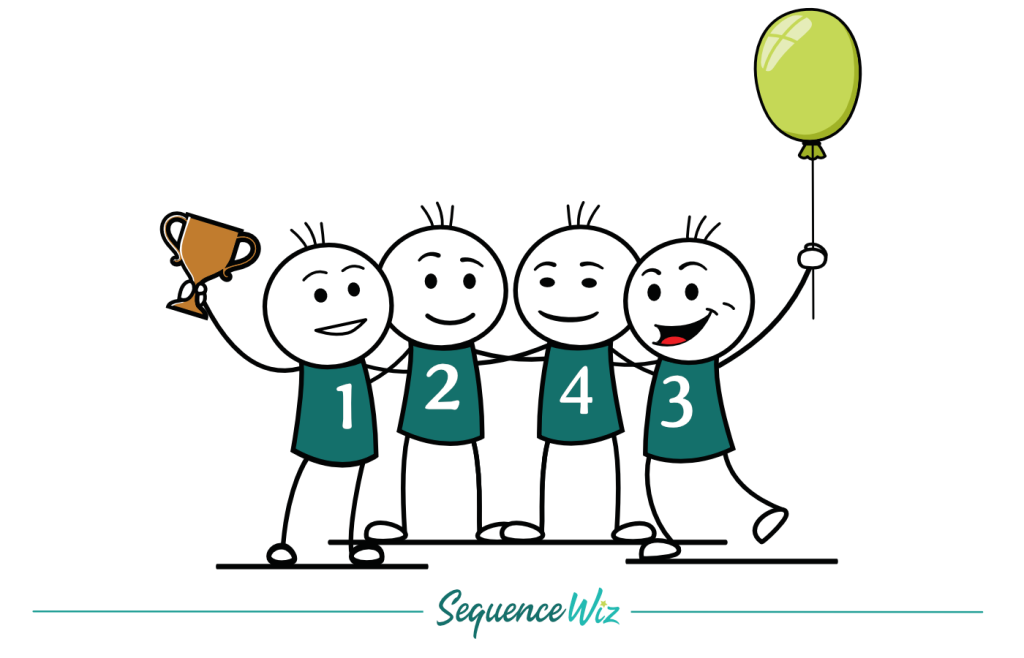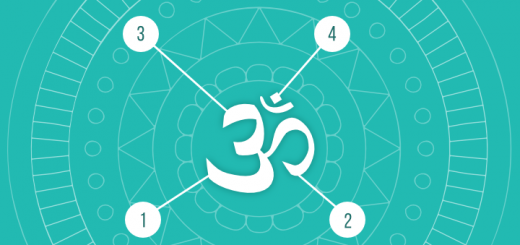What the yoga sutras say about our brain activities and how it aligns with modern neuroscience
1Of all the traditional yogic texts, Patanjali’s Yoga Sutras is my all-time favorite. It gets often mentioned in the yoga world in connection with yamas, niyamas, and the eight limbs of yoga, but, to be completely honest, these are my least favorite parts of the book. To me, the entire book is a sophisticated analysis of how the mind works and what we can do to understand and realize our human potential. To me, it’s much more of yoga psychology than philosophy (some people will disagree :)). In contrast to many contemporary psychology books that spend a long time unpacking a particular issue, the yoga sutras are short, concise, incredibly potent, and endlessly applicable in our daily life. When confronted with a life challenge, my first thought often is, “What do the sutras say?” So today, let’s investigate what the sutras say about our brain activities, the many conflicting voices we hear in our heads, and how it all aligns with modern neuroscience.
Jill Bolte Taylor, the neuroscientist and author of Whole Brain Living: The Anatomy of Choice and the Four Characters that Drive Our Life, analyzes the activity of four distinctive brain regions and demonstrates how those different clusters of cells often make us think and feel in contradictory ways. She calls those clusters of cells The Four Characters and describes their characteristics in detail. To summarize them very briefly, Character 1 is an organizer, Character 2 is a worrier, Character 3 is a fun-lover, and Character 4 is a healer.
We can apply our understanding of the brain characters to the yoga sutras to help us deal with our unruly thoughts and get a glimpse of our True Nature.
Sutra-s 1.5 and 1.6 explain that there are five main mental activities that we engage in:
1.5 Vrittayah-pancatayah-klishta-aklishta
There are five kinds of mental activities; they can either cause suffering or not.
1.6 Pramana viparyaya vikalpa nidra smrtayah
The five mental activities are correct assessment, incorrect assessment, imagination, deep sleep, memory.
That’s pretty incredible. All that stuff happening in our heads can be sorted neatly into one of the above categories. At any given moment, we either evaluate our reality accurately, misinterpret it, imagine stuff, sleep, or reminisce. These mental activities are tangled with emotions and produce corresponding physiological reactions.
All four characters are involved in each mental activity.
Correct assessment (pramana) is formed from your Character 3 experiencing reality in the moment, Character 1 making assumptions based on data and consulting authoritative sources, and Character 2 comparing it all to your past experience.
Incorrect assessment of reality (viparyaya) happens when something goes wrong with the process above: either your direct experience is misinterpreted, the conclusions you make are inaccurate, or the authority on the matter turns out to be misleading.
Imagination (vikalpa) is based on something that does not exist. It’s your Character 1 planning and projecting, Character 2 imagining the worst, or Character 3 daydreaming or creating.
Deep sleep (nidra) is the absence of all mental activities; it’s when all characters are quiet.
Memory (smrtayaha) is an interpretation of one’s lived experience. It’s your Character 1 analyzing your past accomplishments and mistakes, Character 2 dwelling on the past, and Character 3 reliving all the fun times.
Character 4, on the other hand, is the background upon which all this is happening. It is the ocean of the proverbial consciousness in which all the other characters are either swimming leisurely or splashing chaotically.

Remember sutra 1.5 above? It says that all the five activities above can be either klishta or aklishta.
1.5 Vrittayah-pancatayah-klishta-aklishta
There are five kinds of mental activities; they can either cause suffering or not.
Klishta means something that produces suffering. Aklishta is the opposite, something that does not create suffering. This means that all the activities of the mind, whatever they are, might make you suffer or not. What should we do then? Should we try to get rid of the mental activities that cause suffering (“negative” thoughts and emotions) and elevate the ones that do not cause suffering?
Nope, that is not what the sutras recommend. The following three sutras define yoga and how it relates to our mental activities.
1.2 Yogah chitta vrtti nirodhah
Yoga is mastery over mental fluctuations.
1.3 Tada drashtuh svarupe avasthanum
[When those fluctuations subside] Then your True Self is revealed.
1.4 Vrttisarupyam itaratra
Otherwise, we identify with mental fluctuations.
In other words, the whole purpose of yoga is to attend to our mental activities, notice what our brain characters are up to, watch them do their thing, and let them settle. When they settle, we can notice that they are actually floating in the ocean of universal consciousness, which is Character 4. This is our True Nature, the peaceful, open, gracious, all-knowing, and all-accepting. The purpose of yoga is to immerse ourselves in our Character 4, to experience our True Nature, both in the space of one yoga class and over a lifetime, so that we could live out of that awareness and weather the turbulence of our lives with more grace and ease.

Otherwise, if we do not get in touch with our Character 4, we will continue to splash with our Characters 1, 2, and 3 and define ourselves through their ups and downs.
Clearly, we cannot walk around all day in a state of pure consciousness. Things need to get done, emotions need to be experienced, and fun needs to be had. That is why when it comes to daily life, Jill Bolte Taylor recommends that we acknowledge each brain character for what it is and how it contributes, but not allow either one of them to pull us too far in one direction. In fact, we seem to be the happiest in our daily lives when all characters come together and support each other in tasks big and small. This can be accomplished with a technique called “the Brain Huddle.” You do the Brain Huddle when you pause for a few moments and check in with each of your characters to hear their opinions. “When we run our lives on automatic, our Four Characters do whatever they please without any real consideration for what we might actually choose to be doing instead. When our Four Characters gather together in a Brain Huddle, just as in sport, they each share their perspective and then collectively choose our best next strategic play. Regardless of what is going on outside of ourselves, we have the power to routinely come out of the huddle with an appropriate and peaceful resolution.” (2)

Would you like to try the Brain Huddle for yourself? Check out this short Yoga Boost. In this practice, we use large whole-body movements to increase the sense of vitality, try simple breath retention to create space within the body and mind, and do “the brain huddle technique” to focus the mind and help you move through your day more effortlessly.
[jetpack_subscription_form]




















I agree with both your favoritism and rephrasing it as “yoga psychology”! I currently have a post-it of the klesas on my monitor, helping me to remember to notice what’s patterning in my daily work/personal life. 🙂